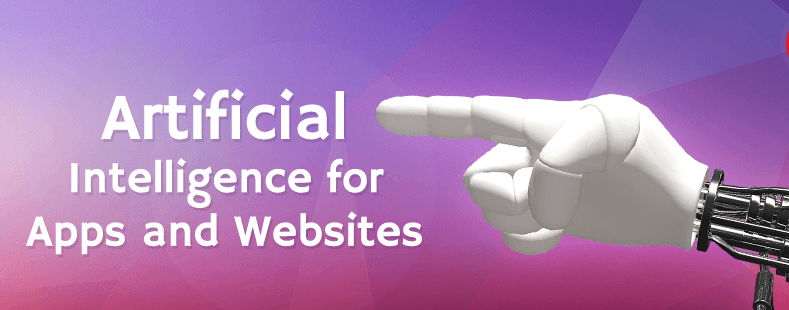Microsoft has released its open source Computational Network Toolkit (CNTK) on GitHub. Now the tools which are used by Microsoft researchers to accelerate approach and work in artificial intelligence, will be available for broad group developers through an open-source license.
Xuedong Huang, the chief speech scientist from Microsoft, mentioned that it could be useful to everyone right from deep learning startups to well established companies that are into processing of lot of data in real time.
Microsoft described CNTK as “a unified deep-learning toolkit that describes neural networks as a series of computational steps via a directed graph.” Some claim it as an alternative for established deep learning frameworks like Theano, Torch, TensorFlow, and others.
Researchers said that this new toolkit is faster in image and speech recognition than four of the other computational toolkits. Microsoft had explored deep neural networks like systems that replicate the biological processing of human brain. Computers with Graphics processing units (GPU) can run CNTK because it has best tools for processing complicated algorithms that improves artificial intelligence. They have claimed that CNTK is an insanely more efficient toolkit that any other toolkits.
The size of the company does not matter for using CNTK. Any deep-learning startup, medium-sized or bigger company processing a lot of data can use CNTK.
Artificial Intelligence in Mobile Devices
Artificial intelligence is creating a big storm in the field of technology. As smartphone has become a part of daily routine, we need more and more clever phone devices. Researchers are readily applying traditional Artificial Intelligence techniques in the mobile environment. Such techniques like machine learning, speech recognition, natural language processing and classification creates powerful applications like Kinect from Microsoft and SIRI from iOS.
TThe trend in technology is making devices smaller and more personal. Wearable computer technology, like head-mounted displays, augments reality. This infrastructure envisions reminders, like buying milk near the dairy shelf, through wearable refrigerator computers.
AI methods seem to be very much promising tool for building situation and location aware mobile systems that will help users to work and behave in an unobtrusive manner. APIs for natural language understanding and machine learning are within closer reach than before. Consumers anticipate apps that assist unobtrusively. Killer apps will emerge for both consumers and enterprises.
The main reason behind that we don’t see neural networks in mobiles is the power. MIT has a solution: Eyeriss, a chip enabling neural networks in low-power devices. If power usage can be reduced many folds, then deep learning tasks won’t kill the battery of your iPhone.
This technology isn’t yet available for purchase, but smartphones will soon handle local AI-based processing. This technology can become a practical reality in near future.
Krify
Krify has been working on machine learning technology, as artificial intelligence is the future of technology. We specialize in enterprise solutions and mobile apps and websites development for start-ups as well as for established companies. Contact us today to get free consultation from our Technical Director.




